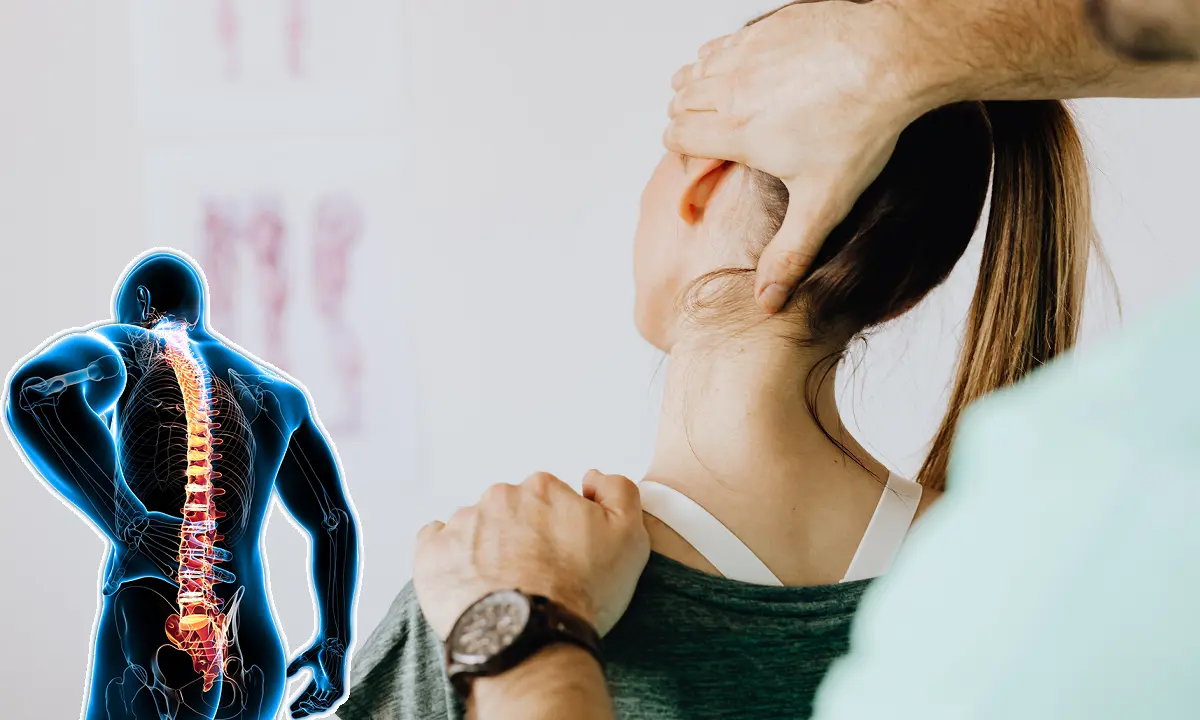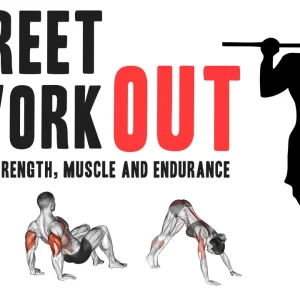Contents
Collisions generate intense forces that affect your body, especially the musculoskeletal system. Your muscles, joints, and ligaments can suffer a variety of injuries, including strains, sprains, and dislocations. Prompt medical treatment is a critical factor in the recovery process after a collision. Recovering from a car accident can be a physically and emotionally taxing ordeal, and the journey to regain your pre-accident fitness can often seem like an arduous climb.
Whether you’ve sustained minor injuries or faced more significant trauma, restoring your physical well-being is essential.
A crucial aspect of post-accident recovery that often goes overlooked is the role of a chiropractor in diagnosing and treating issues related to the spine, muscles, and joints. Chiropractic care is an essential component of rehabilitation, addressing musculoskeletal injuries and promoting overall wellness. Below are fitness tips tailored to assist in your recovery process after a car accident
Mechanics of Collision:
When a collision occurs, the force generated can jolt your body in unexpected ways. Sudden deceleration, impact, and jarring movements can lead to various types of injuries.
- Whiplash: Whiplash is a common injury in car accidents, especially in rear-end collisions. It occurs when the head is jerked forward and backward rapidly. This motion can strain the muscles and ligaments in the neck and upper back, leading to pain, stiffness, and reduced mobility.
- Muscle Strains and Sprains: The force of impact can cause muscles to contract suddenly and forcefully, resulting in strains and sprains. These injuries can affect any part of your body, from your neck and shoulders to your lower back and legs.
- Joint Injuries: Joints can be vulnerable in a collision. Sudden movements can lead to dislocations, subluxations, or damage to the joint’s supporting structures. This can result in acute pain and long-term joint issues if not addressed promptly.
The Role of Prompt Treatment
Understanding the impact of collisions on muscles and joints underscores the importance of seeking prompt medical attention. Delaying treatment can lead to complications and more extended recovery times. Whether it’s a minor sprain or a severe joint dislocation, early intervention can make a significant difference in the speed and completeness of your recovery.
The Benefits of Early Intervention
- Preventing Complications: When you seek immediate medical attention after a collision, healthcare professionals can assess the extent of your injuries and take necessary steps to prevent complications. For instance, in cases of musculoskeletal injuries, such as strains, sprains, or fractures, early intervention can help ensure that the affected area heals properly and minimizes the risk of secondary complications.
- Reducing Pain and Discomfort: Injuries sustained in collisions can result in significant pain and discomfort. Prompt treatment often involves pain management strategies that can alleviate suffering and improve your overall well-being. Whether it’s through medication, physical therapy, or other interventions, quick action can help you regain your comfort more rapidly.
- Speedy Recovery: Time is a valuable resource when it comes to recovery. The longer you delay treatment, the more time your body may need to heal. Early intervention can expedite the healing process and reduce the time spent in discomfort and immobility. This is particularly crucial for athletes and individuals with active lifestyles who want to get back to their regular activities swiftly.
Early intervention supports a better quality of life. Whether you’re dealing with a chronic condition or an acute injury, quick action can help manage symptoms, slow the progression of diseases, and maintain a higher level of functioning and independence.
The Role of Chiropractors in Muscle and Joint Recovery
Chiropractors are healthcare professionals who specialize in diagnosing and treating musculoskeletal conditions, particularly those related to the spine, muscles, and joints. They use non-invasive, drug-free techniques to help patients recover and regain their mobility.
- Comprehensive Evaluation: Chiropractors conduct a thorough evaluation of your musculoskeletal system to identify the specific areas affected by the collision. This evaluation helps them tailor a personalized treatment plan for your recovery.
- Spinal Adjustments: Chiropractic adjustments, also known as spinal manipulations, are a cornerstone of chiropractic care. These adjustments help realign the spine, relieving pressure on nerves and facilitating the body’s natural healing processes.
- Soft Tissue Therapy: Chiropractors may use techniques such as myofascial release, massage, and stretching exercises to address muscle and joint issues. These therapies can reduce muscle tension and promote healing.
- Pain Management: Chiropractors provide non-pharmaceutical pain management techniques, helping you manage pain without the need for prescription medications. This approach is especially important in cases where medication could lead to dependency or unwanted side effects.
- Rehabilitation Exercises: Chiropractors often prescribe rehabilitation exercises that target the injured areas, helping you regain strength, flexibility, and range of motion.
- Holistic Care: Chiropractors consider the overall well-being of the patient. They may provide advice on nutrition, lifestyle modifications, and ergonomic improvements to promote a quicker and more complete recovery.
Consult a Healthcare Professional
The first step on the road to recovery after a car accident is to seek immediate medical attention. Regardless of how minor your injuries may seem, it’s crucial to have a healthcare professional assess your condition. Internal injuries and delayed-onset symptoms are not uncommon, and prompt medical intervention can prevent long-term complications.
After getting the necessary medical care and understanding your injuries, work with your healthcare provider to create a personalized recovery plan. This plan should encompass not only your immediate medical needs but also your long-term rehabilitation and fitness goals.
Start Slow and Set Realistic Goals
After a car accident, your body may have endured significant trauma, and it’s essential to recognize that recovery is a gradual process. Starting slow and setting realistic fitness goals are key to avoiding setbacks and ensuring a safe recovery.
Your healthcare provider or a physical therapist will help you establish a timeline and create a customized rehabilitation plan. This plan may include exercises that target specific areas of your body affected by the accident. For instance, if you suffer a knee injury, you’ll focus on exercises that promote mobility and strength in that area.
Remember that progress may be slow, but patience is vital. Rushing into strenuous workouts or pushing yourself too hard can lead to further injury or impede your healing process. Your body needs time to adapt and rebuild strength.
Focus On Range of Motion and Strength
One of the primary goals of your post-accident fitness journey should be to restore your range of motion and build strength in the affected areas. A combination of flexibility and strength exercises is crucial in this regard.
Gentle stretching exercises can help improve your flexibility and mobility. Perform these exercises as directed by your healthcare provider or physical therapist to prevent muscle stiffness and joint rigidity. Regularly stretching the affected areas can help reduce pain and enhance your overall range of motion.
On the other hand, strengthening exercises are essential for rebuilding muscle mass and enhancing joint stability. Depending on your injuries, you may work with resistance bands, free weights, or even bodyweight exercises. Ensure you perform these exercises correctly to avoid straining or exacerbating your injuries. Seek guidance from a fitness professional or physical therapist to develop a safe and effective strength training routine.
Prioritize Rest and Proper Nutrition
After a car accident, your body needs time to heal and recover from the trauma it has endured. Prioritizing rest and providing your body with the right nutrition are fundamental steps to support the recovery process.
Rest is crucial for the body to repair itself. Even if you have sustained seemingly minor injuries, your body requires adequate rest to heal optimally. Ensure you get enough sleep, as it’s during rest that the body’s natural healing mechanisms kick in. Listen to your body; if you feel tired or in pain, don’t hesitate to rest and avoid overexertion.
In addition to rest, proper nutrition plays a significant role in your recovery. Your body needs essential nutrients to repair damaged tissues and maintain overall health. Work with a healthcare provider or a registered dietitian to create a balanced diet plan that supports your recovery.
Endnote
Recovering from a car accident is a process that demands patience, self-care, and professional guidance. By taking these measures, you can expedite your rehabilitation and return to a healthier and more active life. Always consult with your healthcare provider and physical therapist to ensure a safe and successful recovery journey.



